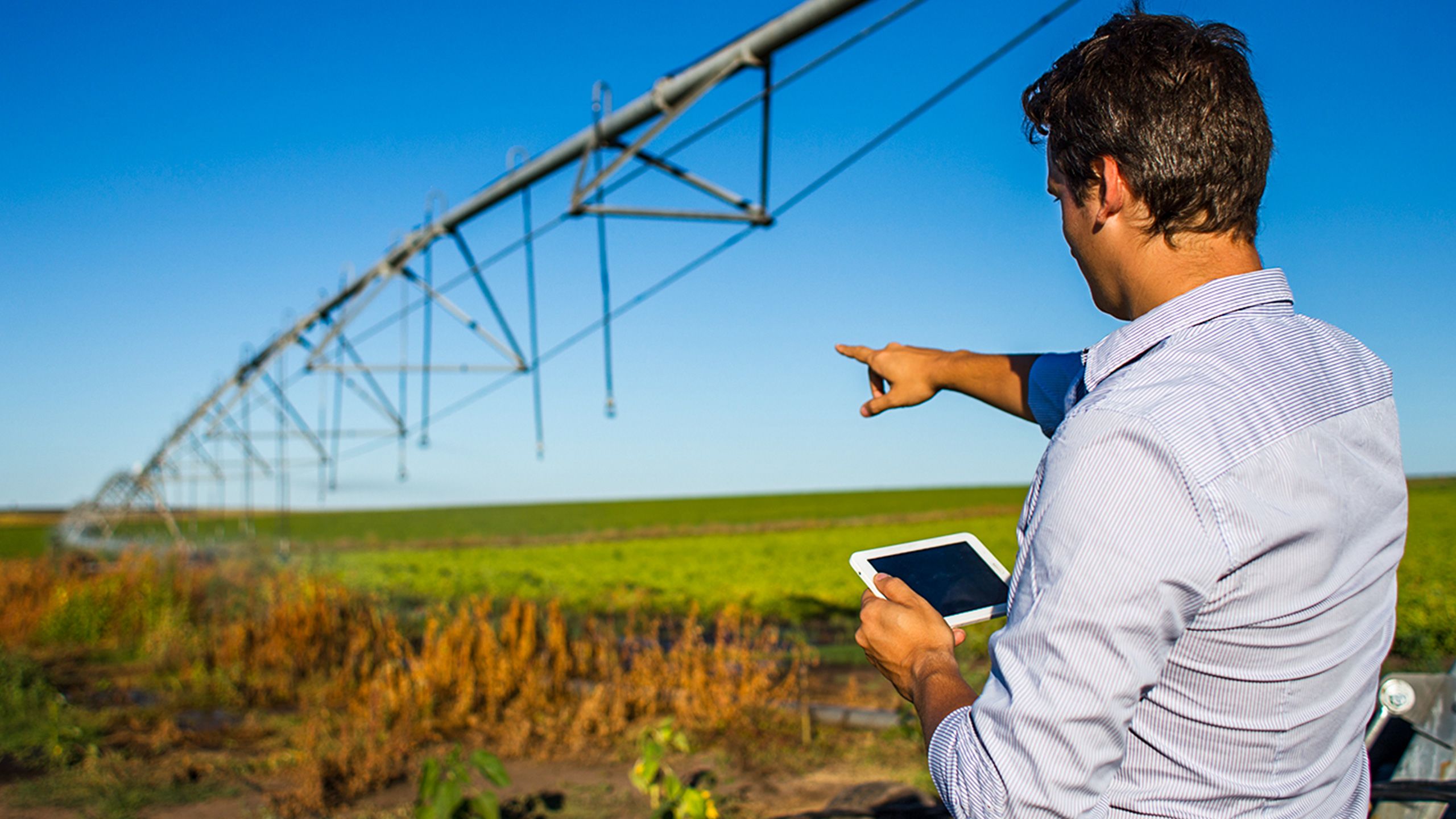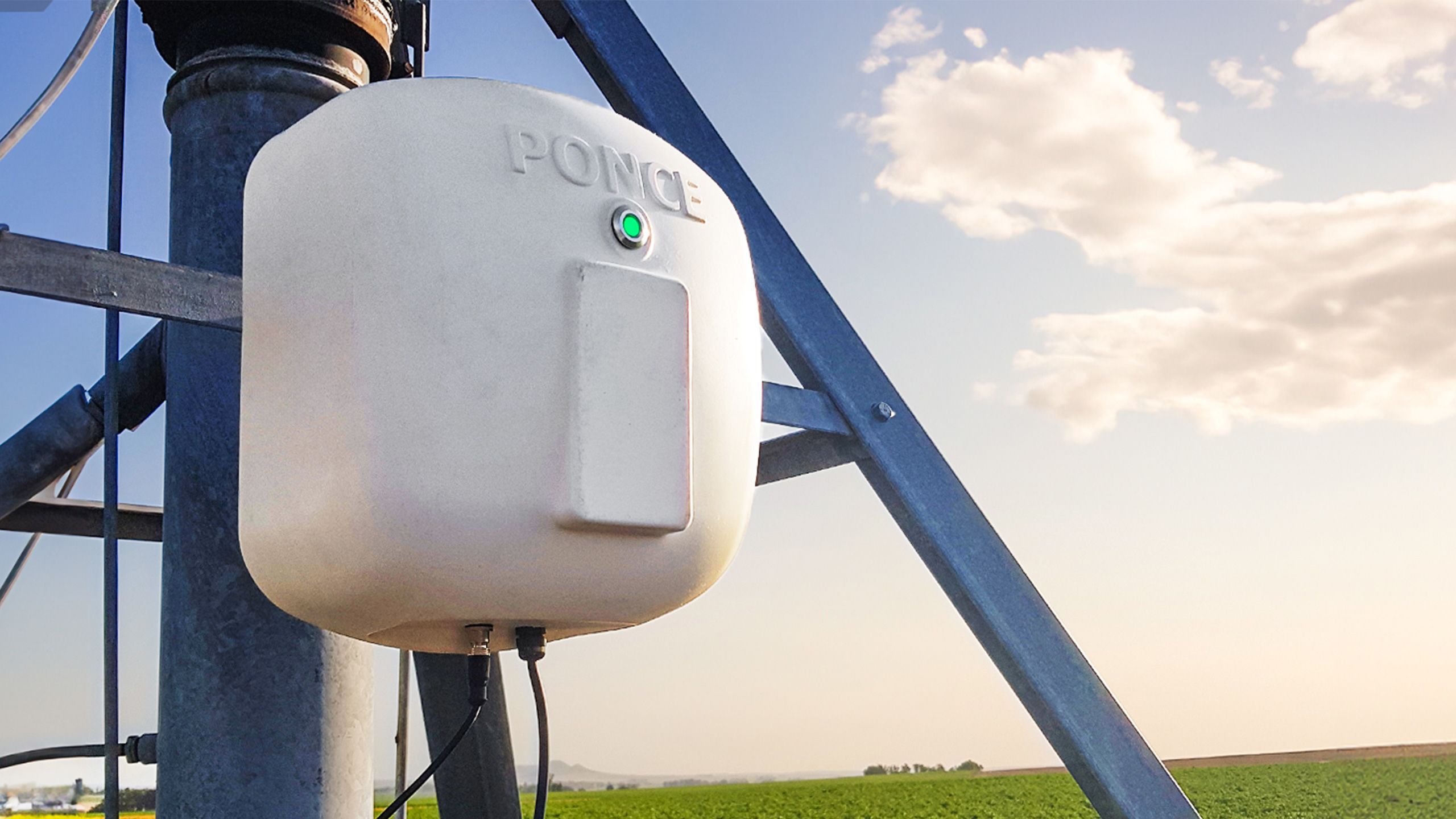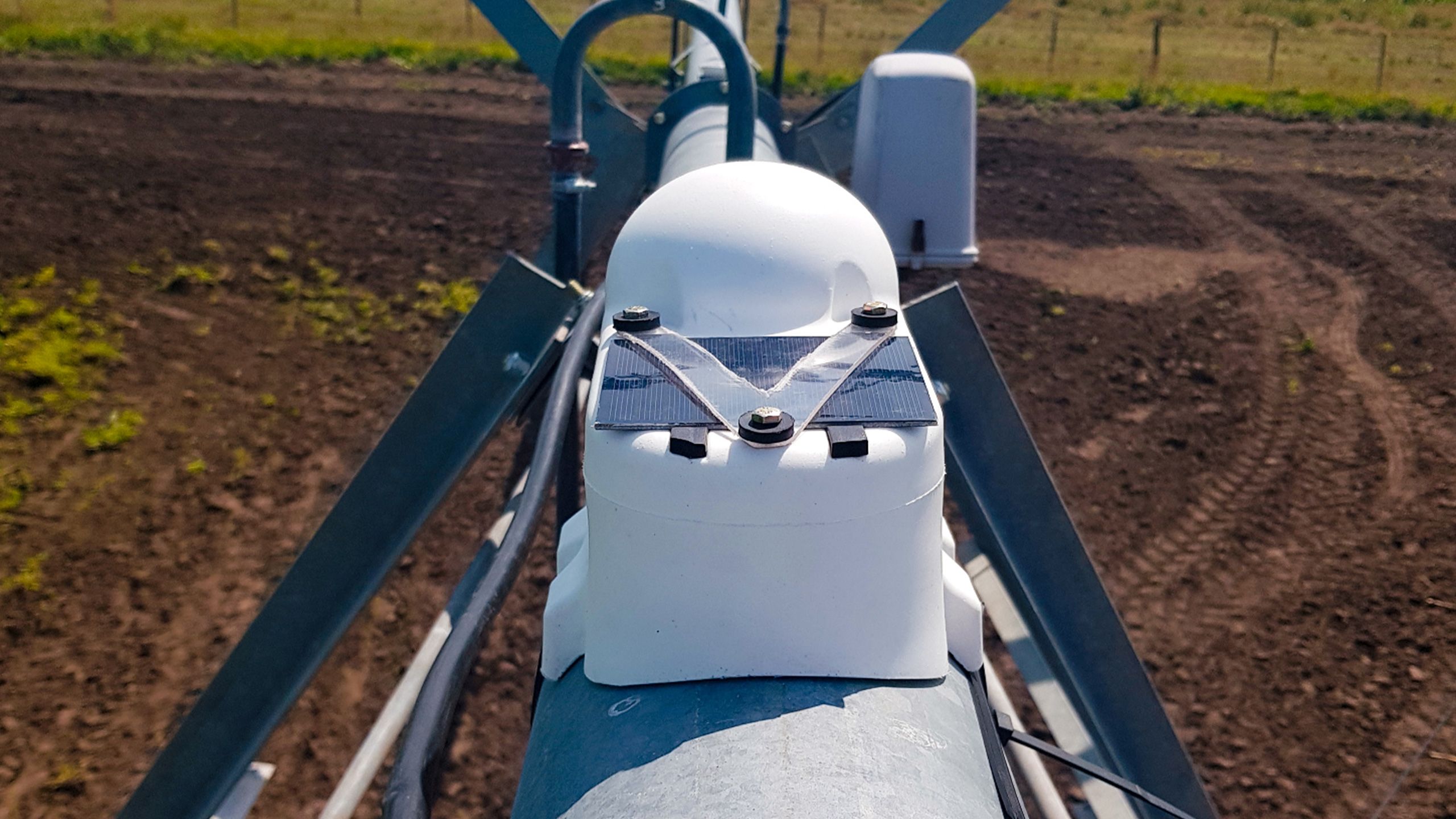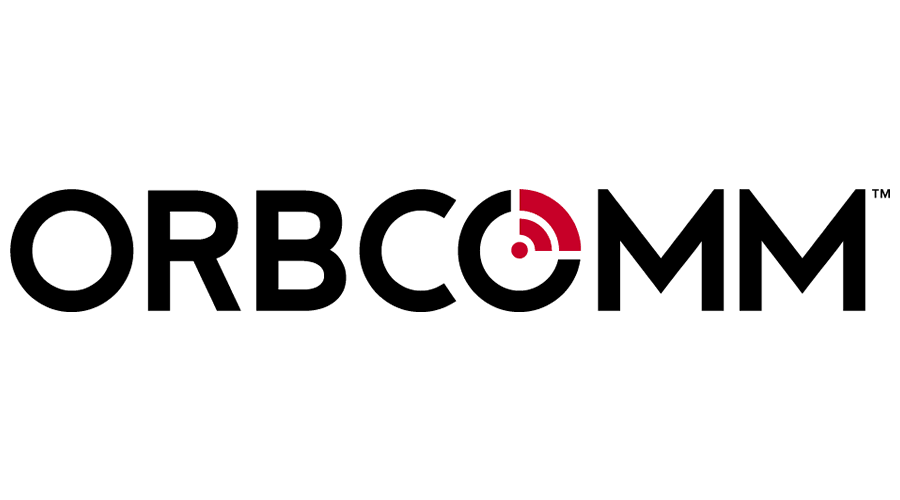Enabling efficient agricultural irrigation via satellite

Only 2.5% of the water on Earth is freshwater, of which only 1% is accessible, according to National Geographic. Despite the scarcity of this resource, the OECD says that the agriculture industry consumes about 70% of the world’s supply. Precision irrigation systems using telemetry solutions are fundamental not only to the preservation of this precious resource, but to optimizing crop output and monitoring equipment for farmers.
Ponce is an IoT company, specializing in agricultural irrigation efficiency. Based in Argentina, Ponce helps farmers across Latin America to preserve water, reduce costs and save time. Their advanced irrigation monitoring solution has revolutionized irrigation operations for many farmers, including La Guía, a leading agricultural grower for Bayer in Argentina, specializing in crop and seed farming.
The solution developed by Ponce optimizes agricultural irrigation. It enables early detection of machine failure while precisely irrigating crops, mitigating water loss, reducing operating expenses, and supporting key decision making for farmers. Ponce’s solution is powered by ORBCOMM’s IsatData Pro satellite network, connected to an ORBCOMM OGi modem, allowing real-time management of irrigation equipment. It helps to monitor and reduce the environmental impact of farming.

The Challenge
In the world of irrigation, faulty machinery is costly. When a machine breaks down, it can cause significant water waste and crop destruction. Most farmers have been using the same failure detection method for years: sending an operator on site to inspect equipment. Many of these locations are extremely remote, requiring trips of several hours to perform inspections. This process has been long overdue for revitalization.
Poor irrigation can lead to two key problems with crops: water stress and root suffocation. Water stress is when crops don’t receive enough water for proper photosynthesis, while root suffocation is the “drowning” of roots, preventing them from breathing oxygen through the submerged soil. These irrigation problems are primarily driven by inconsistent irrigation, late detection of machinery failure, and human error in the calibration and operation of irrigation equipment.
Without a reliable irrigation monitoring system, a machinery failure may take more than a day to be detected by farmers. This can lead to significant costs from water waste, excess energy use and destruction of crops. Farmers operate with high expenses and incredibly narrow profit margins, so irrigation problems can be the difference between the survival or failure of a farm. To compound these problems, many modern farmers have moved away from the countryside, as part of the rural exodus.
Farmers who don’t live on their farms must make even longer drives to inspect crops and equipment, creating new challenges. These include increased wear and tear on vehicles, higher fuel consumption, longer labor shifts and increased wages from the need to hire more employees.
The longer it takes for equipment failure to be detected and remedied, the more catastrophic the damage to the crops and the higher the costs. Most telemetry systems available on the market are not an option, as many farms are located in remote regions, where cellular infrastructure is insufficient. Unavailable or unreliable cellular coverage can prevent the transmission of data from the field, causing failure of notifications and alerts. Prior to the implementation of Ponce’s solution, farmers would typically inspect their irrigation systems once or twice a day, consuming significant time and fuel. And if a machine failed immediately after inspection, it wouldn’t be detected until the next round of inspections.
In Argentina, an average grower may travel 200 kilometers or more in a single day to supervise and operate equipment in the field. Irrigation machinery handles an average flow of 200 cubic meters per hour, and an average equipment failure can last ten hours before being detected. That’s over two million liters of drinking water. Irrigation machinery usually fails three times per growing season, so a single machine can waste 6 million liters every year it’s in operation.

The solution
To address key challenges faced by farmers, Ponce developed an irrigation monitoring system that helps farmers save significant money, time and effort, while also preserving water. The devices installed on the irrigation equipment report machine position, water pressure, and other parameters, which are passed to the OGi modem. The modem transmits this information via satellite, which connects to Ponce’s data cloud. The cloud then sends alerts and reports to farmers’ mobile devices in real time.
According to Ponce CEO José Robetto, the satellite connectivity is crucial to the system, not only for reliability in remote locations, but for the rapid transmission of alerts. “We work with many farmers in remote regions that are unable to obtain cellular coverage for equipment monitoring,” says Robetto. “ORBCOMM’s IsatData Pro satellite network enables us to provide global coverage.”
Ponce’s solution also enables farmers to receive notification of abnormalities that require further inspection. Additional data points reported include hours of use, water usage, water flow and rainfall measurement. These data points enable farmers to receive optimal irrigation schedules. Farmers can monitor the amount of water being dispensed by the irrigation system, as well as the movement and position of irrigation equipment. “Our solution provides farmers with the peace of mind that their machinery is in excellent working order, and that it is being monitored 24 hours a day, seven days a week,” says Robetto.
The Ponce solution is brand-agnostic, meaning that it can be used with any agricultural irrigation equipment, for any soil or crop management need, without interfering with normal machinery operations.

The results
Farmers who use Ponce’s solution report substantial savings in production costs, driven by improved equipment uptime, limited crop destruction and lower operational costs. Real-time monitoring is available via mobile app and alerts are delivered through SMS and WhatsApp, enabling farmers to monitor equipment anywhere, anytime. Additional reports support planning, administration, and maintenance activities for farmers.
Irrigation machinery handles an average flow of 200 cubic meters per hour, and an average equipment failure can last ten hours before being detected. That’s over two million liters of drinking water. Irrigation machinery usually fails three times per growing season, so a single machine can waste 6 million liters every year.
One of Ponce’s customers, La Guía, uses the solution for over 2000 hectares of land, with 19 irrigation machines. According to La Guía administrator Francisco Lodos, the company chose Ponce’s solution because of its unique feature set, including satellite coverage in remote areas. “Prior to implementing this solution, equipment inspections would take two to three hours per day, and the inspector would have to drive over 40 kilometers just to visit each site,” Lodos says. “Now, everyone at La Guía has Ponce’s mobile app on their phone, so when a notification comes over the ORBCOMM network, the entire team is notified immediately. Additionally, La Guía saves an estimated 90 hours of water waste per year, a significant environmental and cost savings.” To add to these cost savings, La Guía reports that Ponce’s solution comes at a lower cost compared to alternatives. Alternative solutions use alarms to alert users to equipment failure, but Ponce takes the solution one step further. If the failure isn’t resolved after sending an automated alarm, a call center will reach out by phone to ensure that farmers are aware of the failure. This added layer of protection ensures that farmers are notified, even in the middle of the night.
“Thanks to Ponce’s solution, we have achieved significant efficiency in water usage and equipment failure responsiveness,” Lodos says. “In the past, when a machine failed, we might not find out for hours. Now, Ponce’s system informs us immediately. Even better, if we don’t respond to the notification right away, we get a phone call to follow up and ensure the failure is resolved quickly. This saves us significant costs and helps us protect our most crucial resource, which is water.”
Ponce’s irrigation solution reduces the risk and costs associated with human error in irrigation scheduling. The data-driven system helps farmers determine optimal irrigation schedules and volumes, saving money and reducing water waste. Precision irrigation increases crop profitability and reduces environmental risks.
Ponce’s solution not only helps reduce water waste, but also reduces field inspection trips, excess energy consumption, crop loss and operating costs. These reductions in expenses are a key part of the cost savings associated with the solution. A decrease in field visits not only reduces working hours allocated to inspections, but also minimizes the danger of accidents or delays due to poor road conditions. Ponce’s customers report an average of 50% fuel savings due to reduced inspection trips, while also limiting vehicle wear and tear.
To provide this solution to as many farmers as possible, Ponce built a system that can be integrated into any automated irrigation machinery, meaning that farmers don’t need to replace machinery to achieve automation. This turnkey solution allows farmers to save time, money and the crucial resource on which we all depend: water.
About Ponce
Ponce is an Argentina-based technology startup, providing farmers with advanced IoT solutions for agricultural irrigation monitoring. Ponce’s solution is developed in close partnership with farmers, ensuring that they can continue improving it to address the challenges of growers. Ponce’s founders come from an agricultural background, driving their focus on helping farmers achieve successful harvests and preserve valuable resources.

